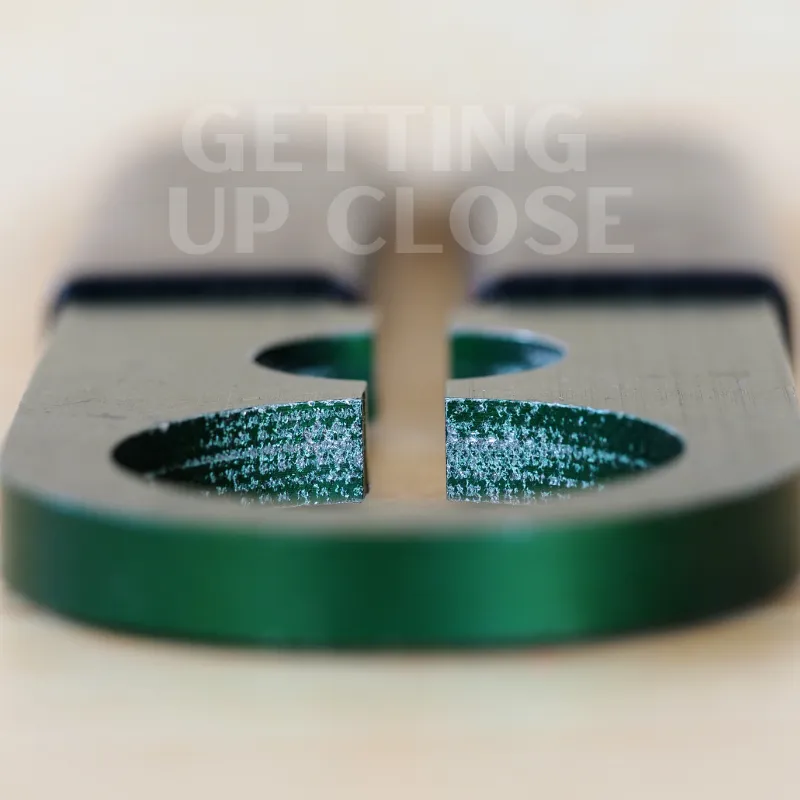
For over 32 years I've owned and operated firearms, 61% of my total life, and over that time I've used firearms, and my skills developed around them, for various tasks, some work, and some recreational. I wish I knew how many shots I've taken, it would be a big number.
I've worked tirelessly to develop my skills, studied, done courses, trained and practiced and, whilst I'm not the best shooter there ever was, I'm what would probably be called well above average. I know what I'm doing, understand firearms, make my own ammunition and have the skills to perform with a good degree of accuracy. Proficiency is the minimum standard but I've striven for excellence, it makes sense considering the use firearms are put to.
It's been a long journey, enjoyable and fulfilling, and it's ongoing; there's always more to learn.
Many elements need to come together for the effective operation and understanding of firearms and it's very technical. I guess it's one of those things that can seem quite basic and easy when observing an accomplished shooter. It's much like watching a professional sports person performing; it can look easy, but in practice it's not, and many years of effort has gone into it.
If you think firearms and shooting is all about popping watermelons in the back yard after glugging down a mason jar of moonshine...you're wrong.
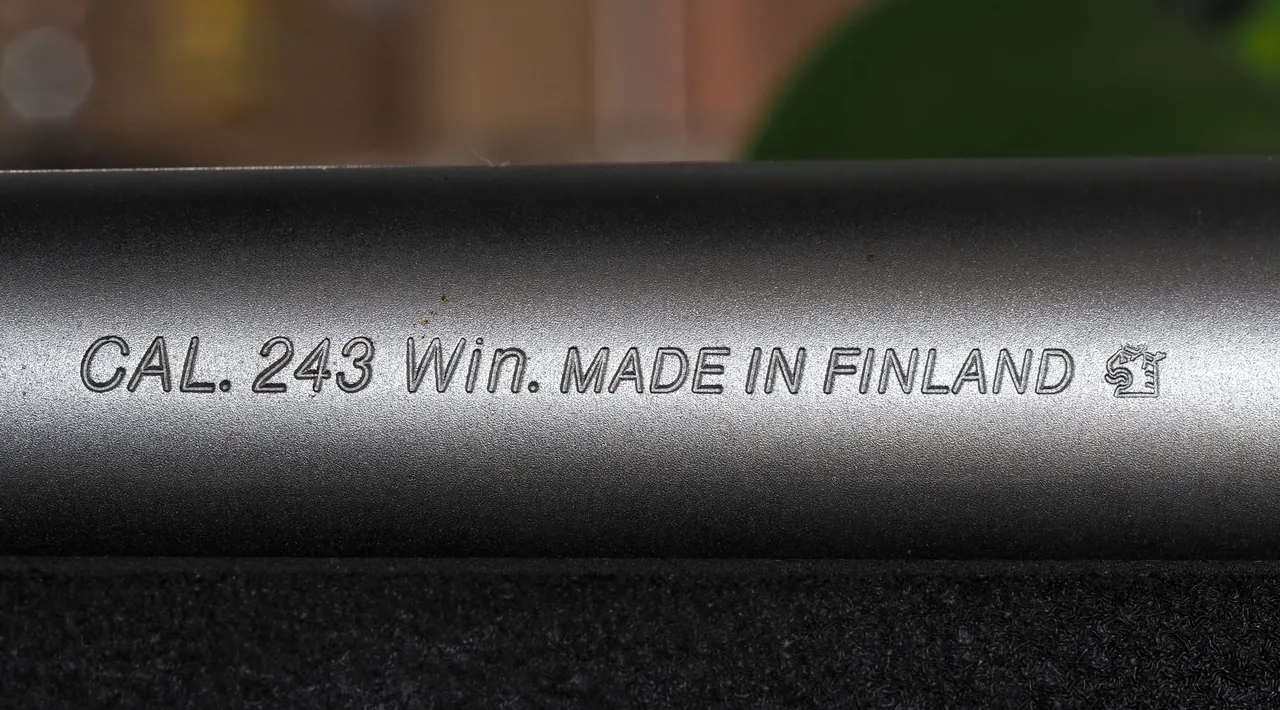
The tolerances and margins are very small when it comes to shooting and firearms. A tiny trigger-pull error can result in a miss downrange, a small error in the process of reloading ammunition can cause an overpressure situation and cost the shooter a hand, or worse. Incorrect scope set up will cause the best shooter to miss, calling the wind incorrectly will render a long range shooter inneffective, and the failure to understand the physics and mathmatics of shooting will do the same.
Attention to detail, focus and a check and recheck ethos is advisable; it needs to be added to knowledge and understanding of course, safe practices and a lot of practice. I have shelves full of books I have studied and still refer to regularly, and my processes are stringently documented and followed precisely.
When shooting at long range, for instance, I record every detail for every shot: Temperature, altitude, wind direction and speed, humidity, azimuth, slope angle, fall of shot regardless if it impacts my target or not, windage and elevation dial or hold-over...I even record the barrel temperature as cold, cool, warm and hot. All of these things are called DOPE (data on previous engagement) and can be pivotal to making that next shot.
I can shoot accurately out to well past one mile and at that range it's the small things that matter, and the small things done well, that will make the difference when the shot has to count.
With that in mind, small things, I thought I'd photograph some firearms-related items in macro today and share in a post, just for fun.
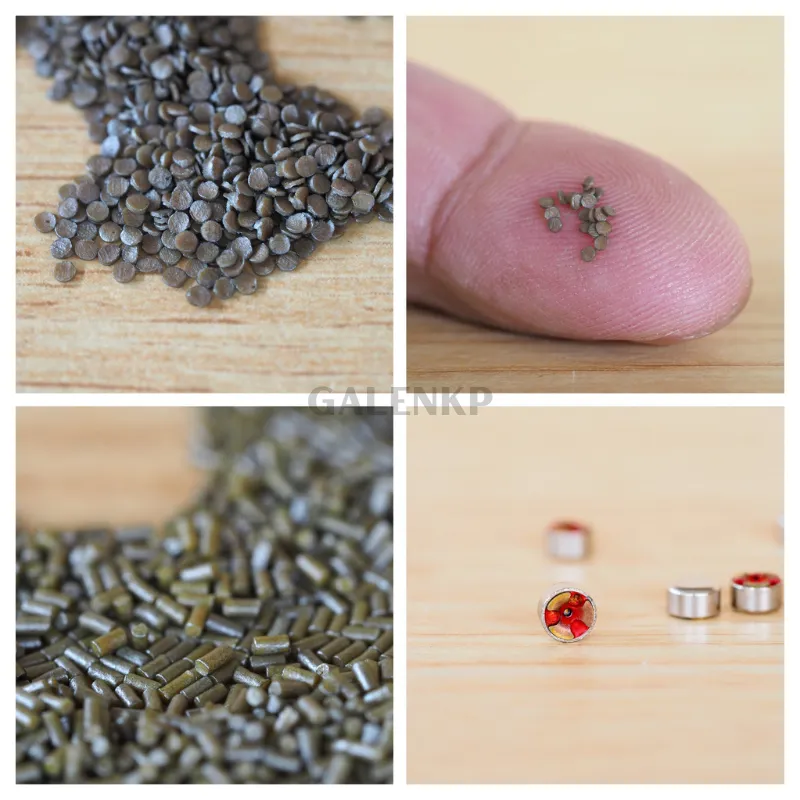
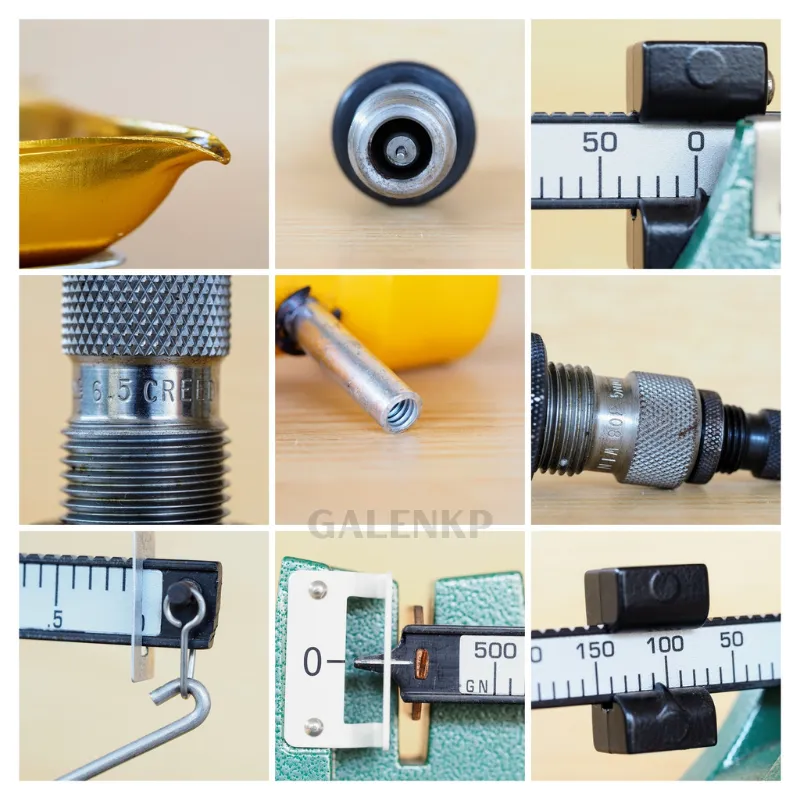
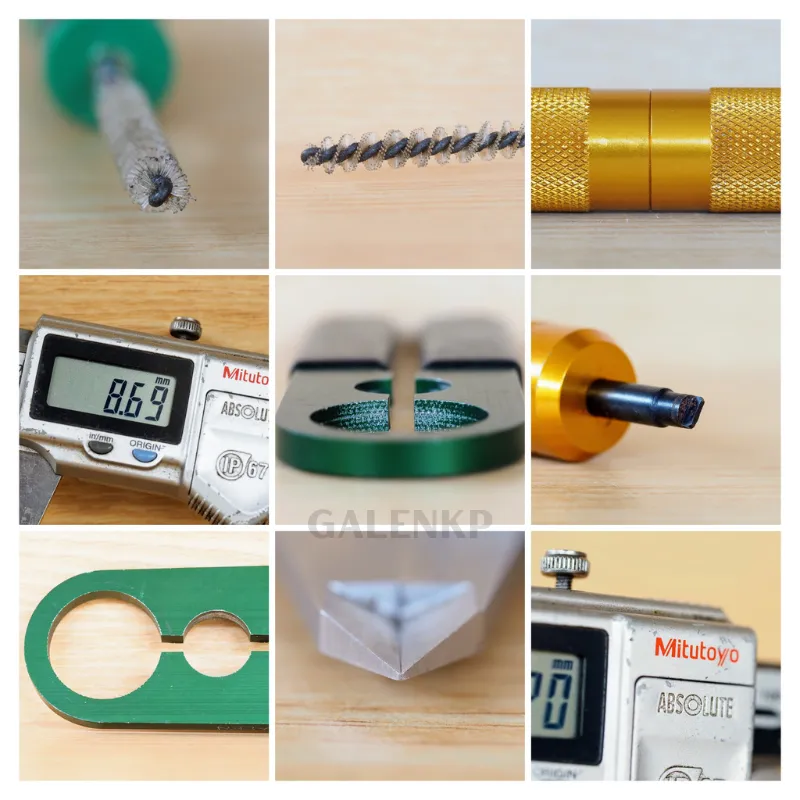
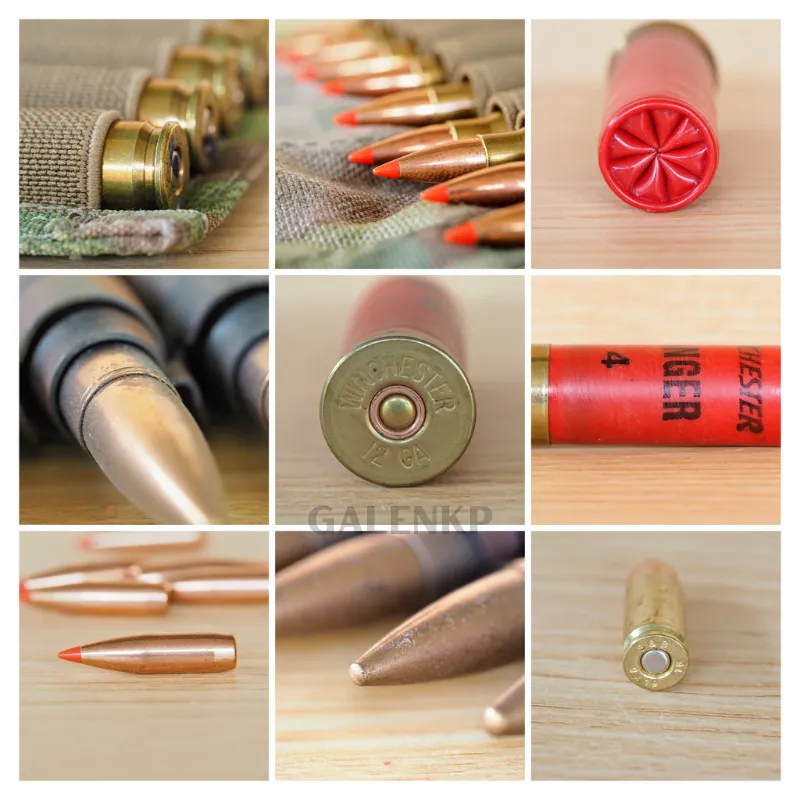
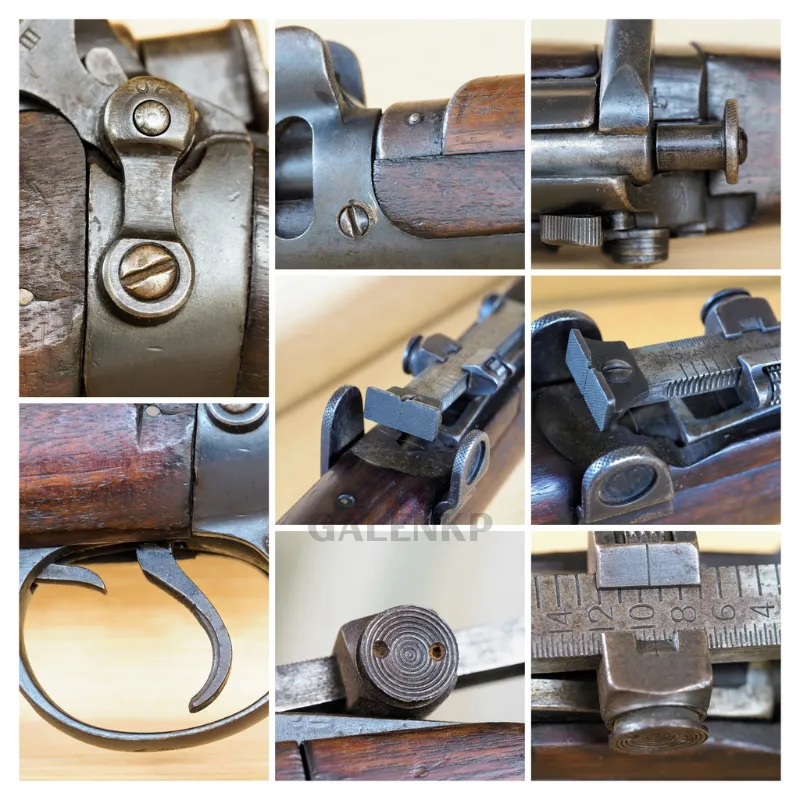
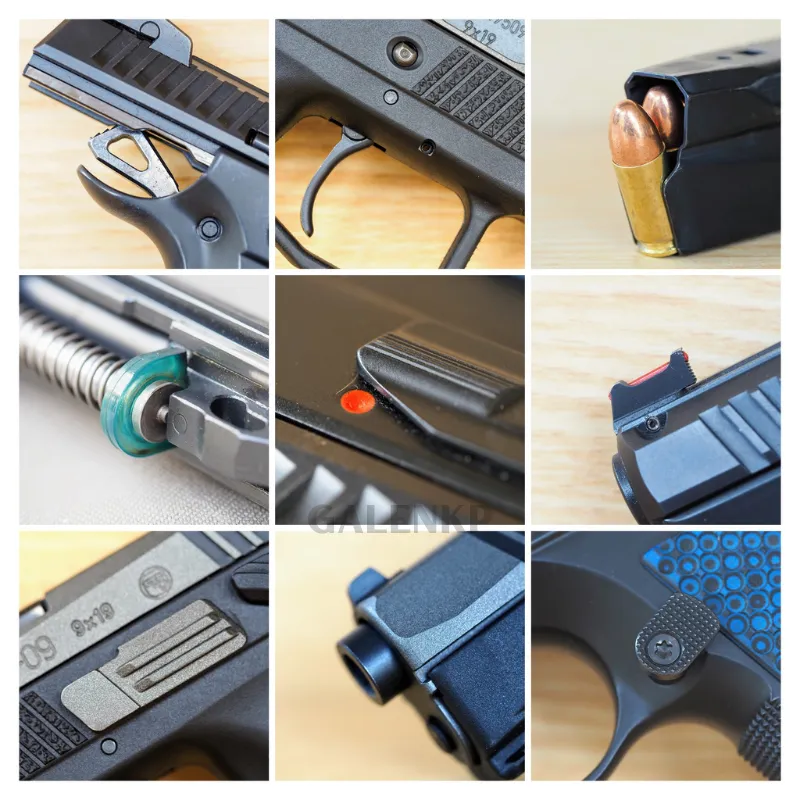
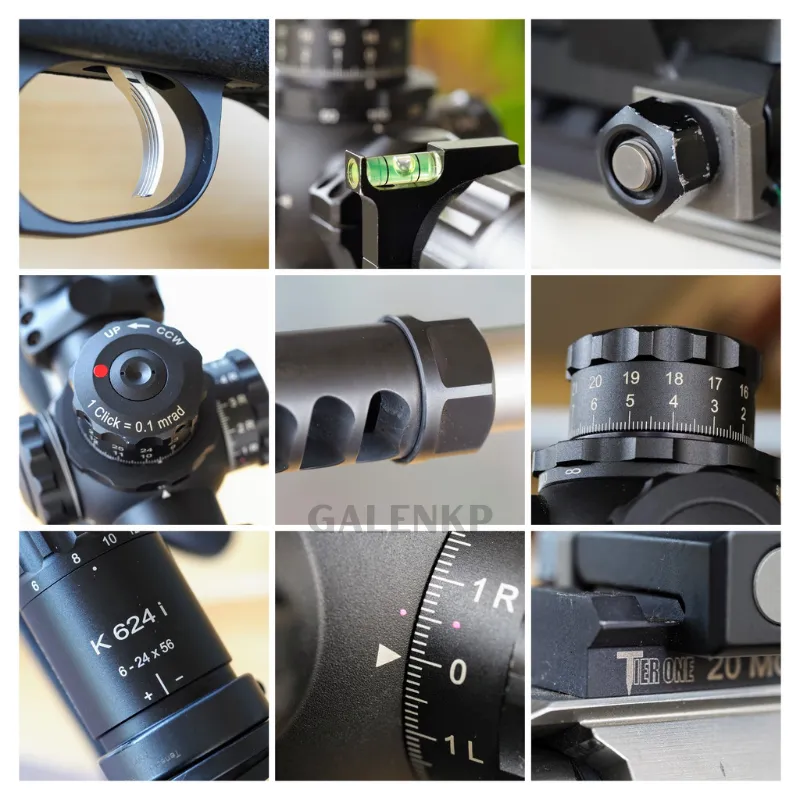
So there you have it, just a few snaps of some of my equipment. I've purposely not gone into lengthy explainations of these things as this post would be very long had I done so, however you're welcome to ask any questions about what you see and read if you like.
Design and create your ideal life, don't live it by default - Tomorrow isn't promised so be humble and kind
Every image in this post is my own and is not for your use under any circumstances.
